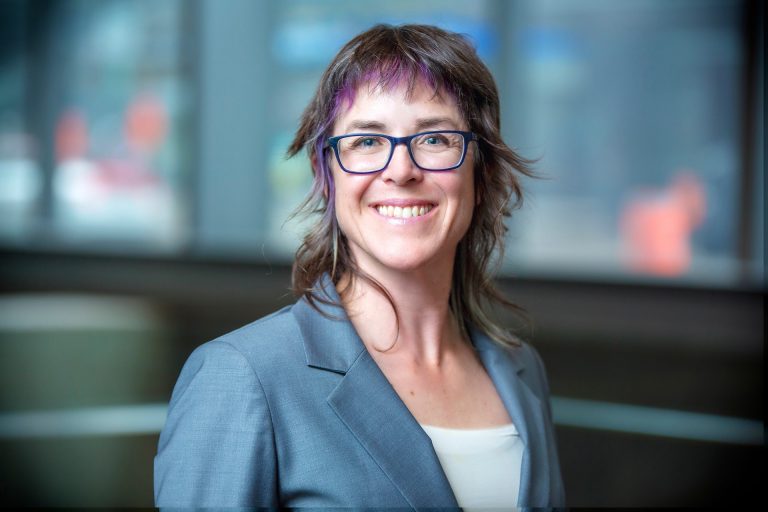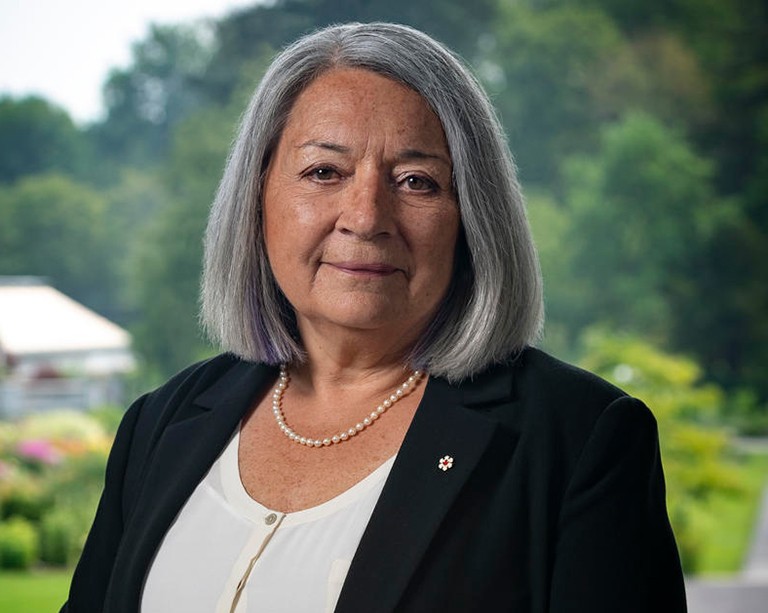Concordian Paula Bath is breaking barriers in Deaf–hearing communication dynamics

Public Scholar Paula Bath’s research is informed by 25 years of professional experience and academic dedication that focuses on communication and inclusion for the Deaf community.
Her journey into this field began as a sign language interpreter, which saw her work in the private sector and Government of Canada before shifting to graduate studies.
As a PhD in social and cultural analysis in the Department of Sociology and Anthropology, she specializes in communication dynamics between Deaf and hearing individuals. Her research sheds light on the challenges faced in bridging these communication gaps and explores avenues for improvement.
‘I aim to cultivate a sense of belonging and empowerment’
What are some typical barriers you've encountered in interactions between Deaf and hearing individuals?
Paula Bath: Barriers often stem from societal norms and institutional practices. In Canada we have a history of legal cases that highlight persistent challenges in accessing sign language services, despite clear legal provisions. Moreover, the evolving social landscape and increasing demands for accessibility pose ongoing challenges, leading to a disparity between legal frameworks and everyday experiences.
How do you envision addressing these challenges?
PB: While legal frameworks exist, there's a gap between policy and practice. My research aims to bridge this divide by fostering inclusive communication spaces. Rather than focusing solely on barriers, I advocate for creating environments where Deaf and hearing individuals can communicate freely and authentically. This entails not just linguistic accessibility but also empowering people to find ways to feel a sense of freedom while communicating.
Your research emphasizes the importance of inclusion and accessibility. Can you elaborate on that?
PB: My research is centred on understanding the experiences of both Deaf and hearing individuals communicating in various social contexts. I aim to go beyond words and delve into the sensory domain to truly grasp their lived experiences. For instance, I utilize methods like sense transference, where participants express their experiences through objects or art forms.
For example, one participant I work with has depicted his experiences through a map he drew and a metal ruler. The map represented his chaotic journey attempting to secure sign language interpreting services through various institutions, while the ruler symbolized the rigidness and coldness he felt when his needs were not met but rather measured against institutional policies.
What outcomes do you hope to achieve through your research?
PB: Ultimately, I aim to cultivate a sense of belonging and empowerment for both Deaf and hearing individuals in their communication interactions. By highlighting successful communication spaces and understanding the nuances of thriving versus surviving dynamics, I seek to inform policies and practices that promote genuine inclusion and well-being.
Learn more about Concordia’s Public Scholar Program.


